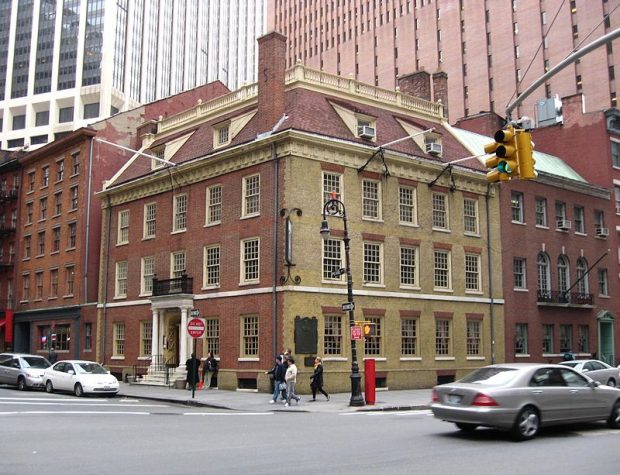
New York is a city that is constantly changing, but despite constant construction, old historical buildings are comfortably intertwined in its urban fabric. Among its majestic skyscrapers and sprawling stores, Manhattan houses several centuries-old treasures: buildings dating back to the 1700s, many of which played an important role in the American Revolution, from colonial taverns to farmhouses.
READ: Struggles of New York’s 65,000 Food Delivery Couriers: Real Heroes
Let’s look at the oldest buildings in Manhattan, listed in ascending order:
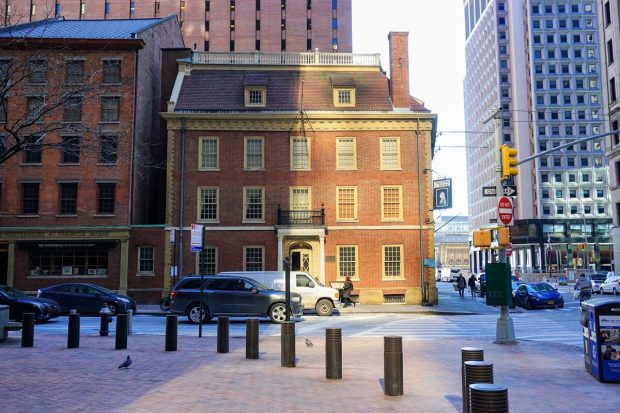
Located on the corner of Pearl and Broad Streets, this legendary tavern now functions as a museum (on the second and third floors) and a spacious restaurant (on the first floor).
Built by Stephen Delancey in 1719 and purchased by Samuel Fraunces in 1762, the building now known as Fraunces Tavern became the center of events during the Revolutionary period and served as a meeting place for many secret societies, including the Sons of Liberty. In August 1775, a Royal Navy cannonball struck the roof of the tavern, and in 1783, General George Washington held a farewell dinner with his officers in its historic halls. The building was purchased by the Sons of the Revolution in New York State in 1904, and in 1906 it underwent extensive, albeit controversial, renovation to restore its colonial appearance, despite the lack of accurate information about the original architecture.
Located in Manhattan’s upper Washington Heights neighborhood, the Morris-Jumel Mansion features Palladian-style architecture reminiscent of a time when New York City was just a small colony. Built by Colonel Roger Morris in 1765 and abandoned by him during the American Revolution, the house served as a refuge for both sides of the conflict and was the headquarters of General Washington and his troops in the fall of 1776.
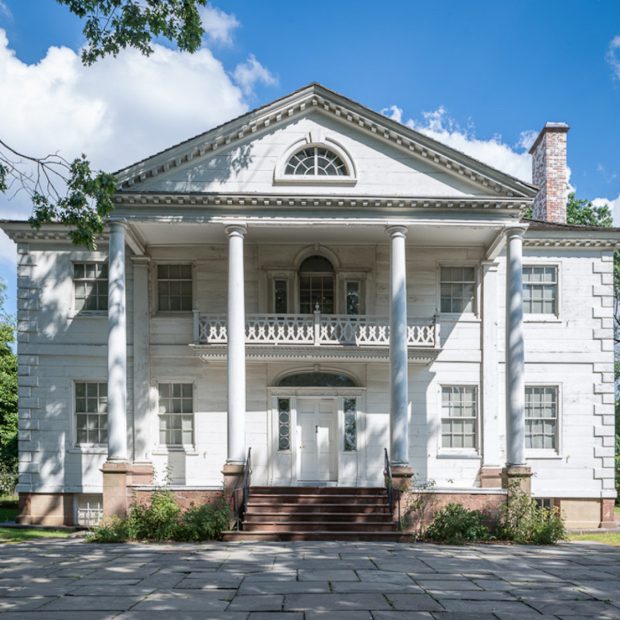

Built in 1766 for residents, it became famous for its amazing escape from damage when the World Trade Center towers fell just a few blocks away. But this is not the first time St. Paul’s Chapel has suffered seemingly inevitable disasters: during the Great Fire of 1776, which destroyed the first Holy Trinity Church, the modest chapel was saved by volunteer firefighters. It subsequently became a haven for many, including George Washington, who, after being sworn in as the first President of the United States, went to St. Paul’s Chapel to pray.
READ: Understanding Credit Scores: Renting Features in NYC
The building, owned by Captain Joseph Rosa, is the third oldest structure in Manhattan, built between 1773 and 1781. Nearly a century after its completion, it was converted into the Keith Burns Sportsman’s Hall, where illegal boxing matches and, unfortunately, dog fighting were held.
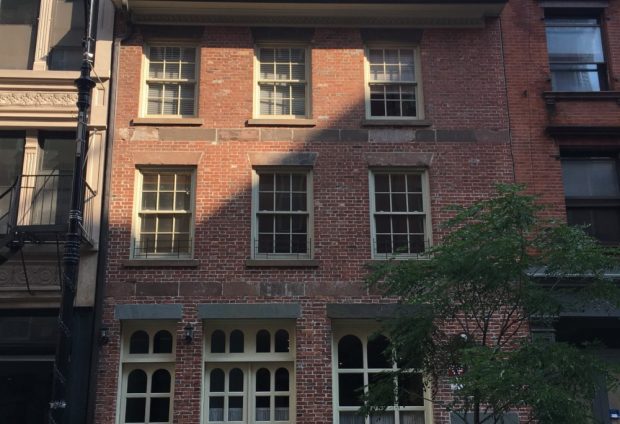
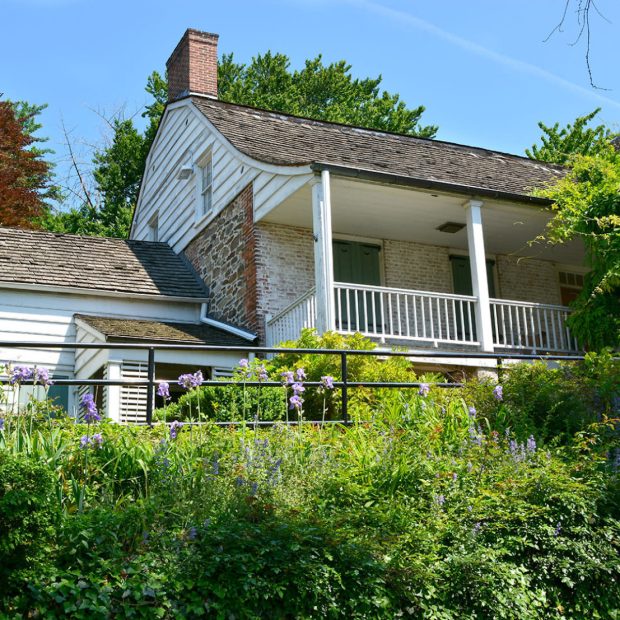
Built in 1784 by William Dyckman, the farmhouse was part of a huge 250-acre farm. Over time, as Manhattan developed rapidly in the early 1900s, most of the old colonial houses in the area succumbed to demolition, but the Dyckman farmhouse was saved thanks to the efforts of the last Dickman’s two granddaughters, who purchased the house in 1915. They began restoring it, and it is now the museum we see today. Although it is no longer two hundred acres as it once was, the farm still has a beautiful garden with a well, a military hut, and a replica smokehouse.
The Edward Mooney House, located in the heart of Chinatown at the intersection of Bowery and Pell streets, is the oldest surviving row house in New York. The land where the house was built had previously belonged to British Loyalist James Delancey and was then confiscated and sold at auction. The man who bought it, Edward Moon, a wealthy meat merchant, built the house and lived in it until he died in 1800.

READ: Investing in Dubai Villas May Become Irrelevant: Understanding the Situation and Revealing Myths
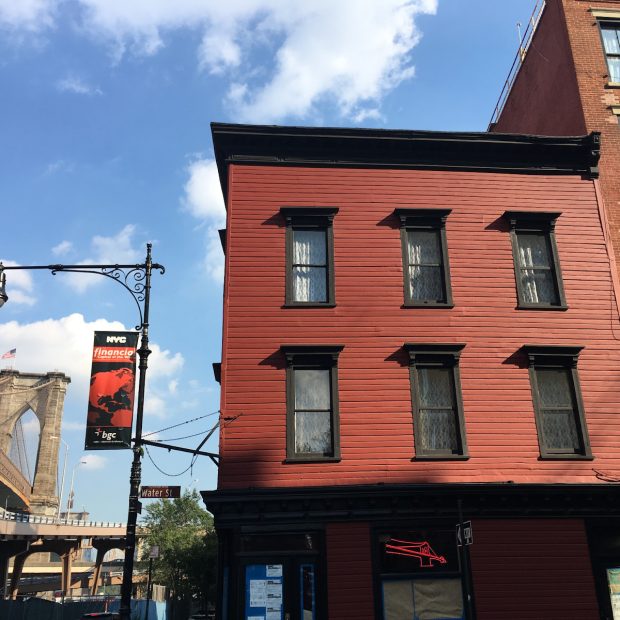
In the 1850s, a cafe was opened on this site, hosting everyone from sailors to pirates. Owned by the Weprin family since 1979, it became The Bridge Cafe, famous for its clam crabs. The Bridge Cafe was once the oldest continually operating tavern in New York City, but unfortunately, it closed after Hurricane Sandy flooded the building in 2012 and has remained closed ever since.
Like us on Facebook for more stories like this: